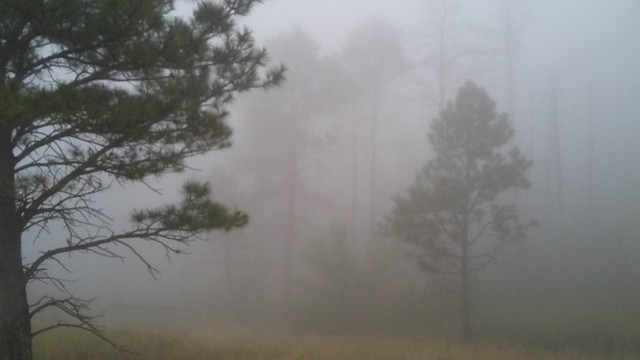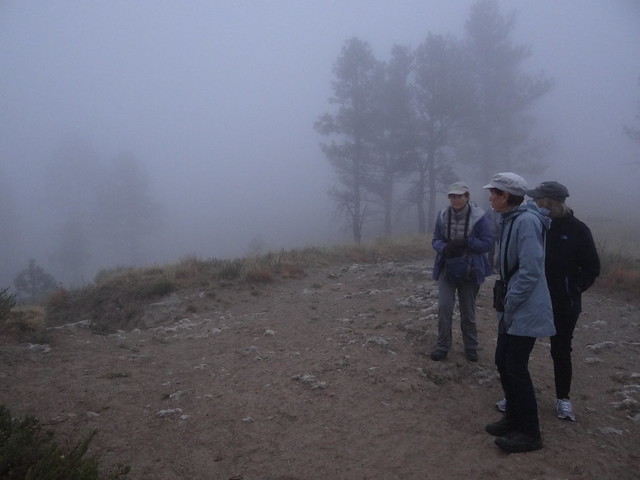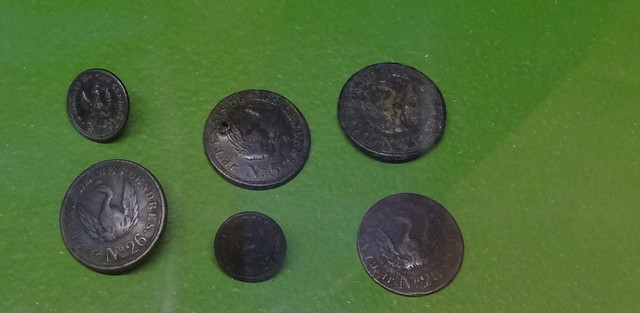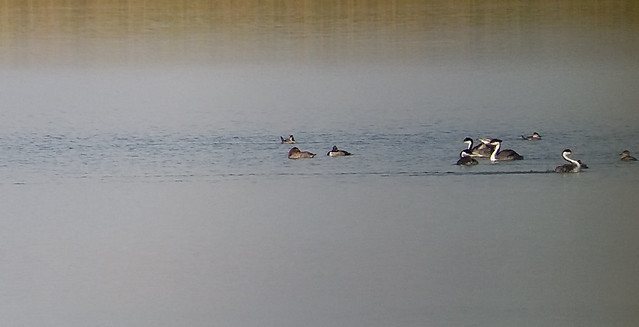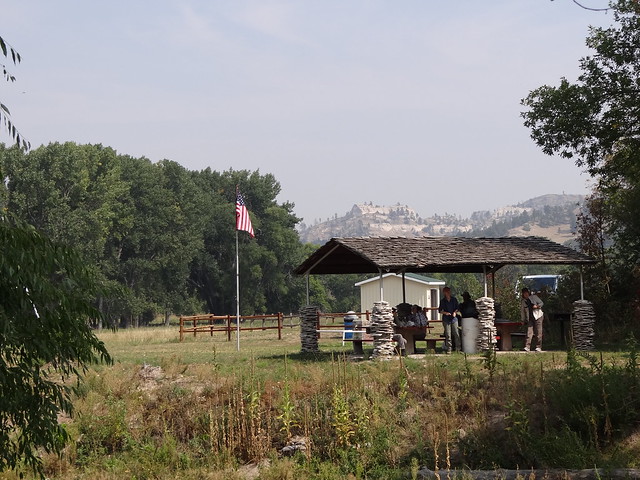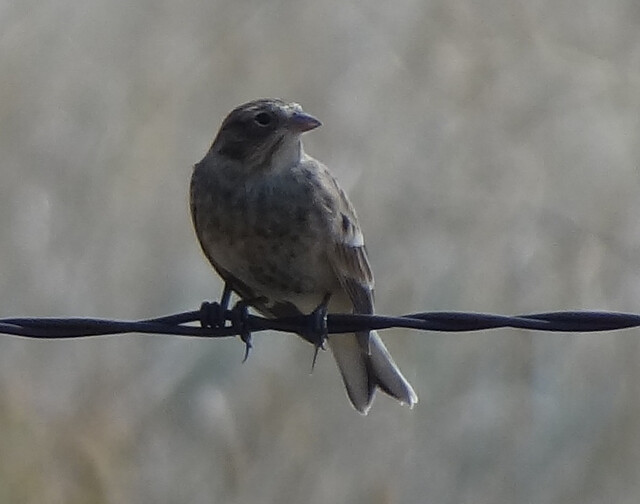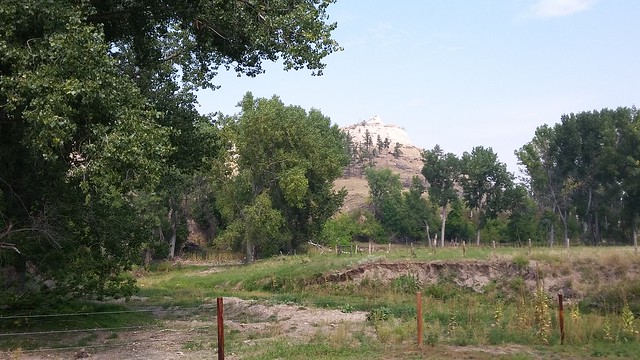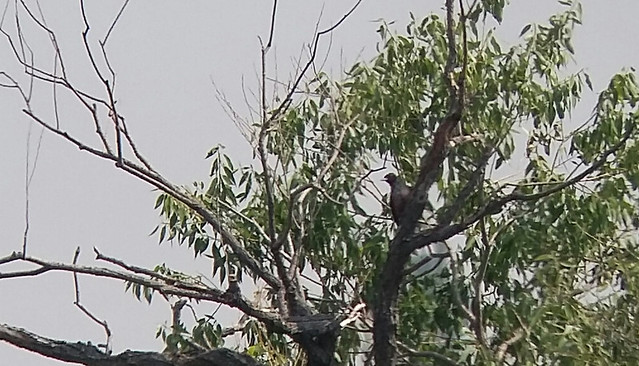It was a good plan, nearly a failsafe plan, to hit Chadron State Park pre-dawn to look for poorwills on the roads. What I hadn’t counted on was light rain, heavy fog, and a marathon. We did manage to see one common poorwill come up off the gravel, but when the sun came up and failed to come out, I urged breakfast and a museum visit to while away the rainy hours.
I hadn’t been to the Museum of the Fur Trade for many years, and was impressed by how well the many, many, many objects were displayed. I was less impressed, or at least less favorably impressed, by a short and placatory video claiming that the fur trade served to harmonize racial differences on the nineteenth-century frontier. But we saw some neat stuff, including, bizarrely enough, Haitian army surplus buttons once used in the trade.
By the time we stepped out of the museum, the rain had stopped, and there were hints of blue above. We headed back to the state park, where the truly marathon marathon was still going on, dozens of pheidippidoids of various ages (mostly advanced) and physical conditions trudging the trails. All the same, we had good looks at mountain and eastern bluebirds, spotted towhees, red crossbills, pine siskins, a western tanager, hairy and downy woodpeckers, pygmy nuthatches, chipping and clay-colored sparrows, and other common species before deciding to head for lunch and a site even farther east.
Lunch at the J-Bar in Hay Springs was outstanding as usual, and the weather and the birds continued to smile on us as we moved on to Walgren Lake.
The roadsides were covered with vesper sparrows; scattered through the flocks were clay-colored, chipping, and Savannah sparrows, too, and one little assembly also included three blue grosbeaks. A scrubby ranch yard was watched over by a merlin, looking smug and chubby with sparrow on the breath.
By the time we arrived at the lake, skies were blue and spirits were high. A flock of a couple score ruddy ducks and a dozen western grebes was accompanied by a few eared grebes, a ring-necked duck, and a canvasback. Goodly flocks of barn swallows were passing through, and we finally got good looks at a bank swallow that hugged the far shore for several minutes. Three common nighthawks joined in the insect feast, while closer to the ground we saw more bluebirds, sparrows, Audubon’s warblers, another western tanager, and a slightly westerly Baltimore oriole.
We have an early morning to look forward to tomorrow, so I pushed us a bit to leave the lake and get back to Chadron. There was plenty of time, though, to stop at yet another prairie dog town for a scan — and for several minutes’ watching three burrowing owls bobbing out on the mounds. A full and varied day indeed.

